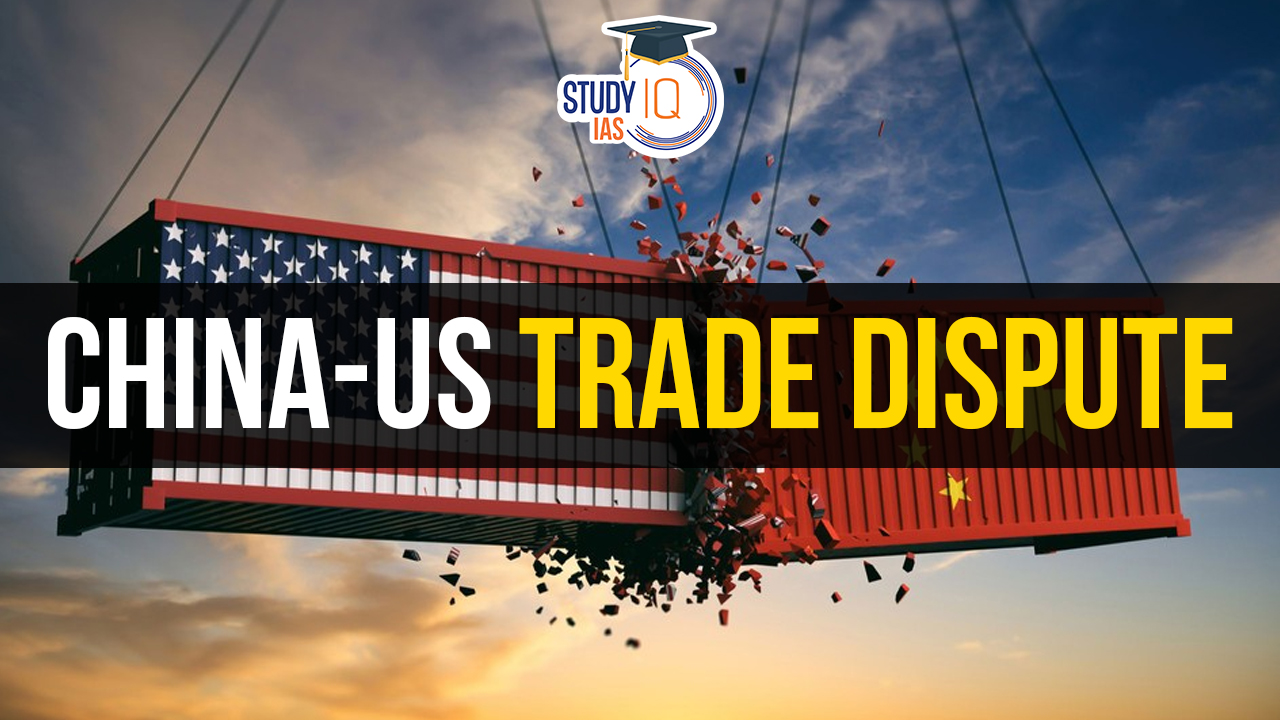Table of Contents
Context: During her five-day trip to China, Treasury Secretary Janet Yellen stated that China’s rapid growth in electric vehicle and green technology production has sparked a new trade dispute between the U.S. and China.
Reasons Behind The U.S-China Trade Dispute
- Electric Vehicle (EV) Industry Growth: Following a decade of subsidies to its automakers, China now represents 60% of global EV sales, creating a substantial automotive industry.
- Export Drive Due to Overproduction: Chinese companies are producing around 10 million more EVs annually than the domestic market demands, leading to an increased focus on international sales.
- Beyond EVs: This overcapacity extends to other sectors, including solar panels, batteries, and more traditional industries like steel.
- Market Expansion Efforts: With significant capacity buildup, China is exploring external markets for its products amidst stagnant domestic demand.
- Competitive Pricing: Chinese automaker BYD introduced an electric SUV at a notably low price of $14,000, challenging U.S. manufacturers.
- Tariff Barriers and Trade Agreements: The U.S. maintains a 25% tariff on Chinese cars, hindering their entry, unlike Mexico, which benefits from a free trade agreement with the U.S.
- Renewed Trade Concerns: The current dispute mirrors past issues, with a new focus on overcapacity in emerging sectors like clean energy.
Mutual Concerns and Accusations
- S. Legislation: The Biden administration’s support for clean energy and semiconductor industries has drawn criticism from China.
- WTO Complaint: China has accused U.S. subsidies for electric car purchases of violating trade rules, taking their grievances to the WTO.
- Subsidy Comparison: A 2022 report highlighted China’s industrial subsidies in 2019 as double the size of those in the U.S.
- Domestic Consumption vs. Export: China focuses on subsidising production without boosting domestic consumption, while the U.S. has increased consumption through stimulus checks during the COVID-19 pandemic.
Towards Resolving the Trade Dispute
- Dialogue Initiation: Both countries have agreed to engage in talks regarding the trade issues, though no specific resolutions have been proposed.
- China’s Stance on Green Products: Despite not committing to address U.S. concerns, China argues its affordable green products aid in global climate change efforts.
- Challenges for China: Beijing recognizes the need to address manufacturing overcapacity and bolster consumer spending for sustainable growth.
- Industry Impact: The boom in EV production is leading to price wars, potentially forcing some manufacturers out of business.
- Policy Coordination Need: China is advised to refine its policy approach to support technological advancement without encouraging redundant industry investments across regions.


 Phenome India Project: Mapping India's H...
Phenome India Project: Mapping India's H...
 UDAN Scheme, Objectives, Funding and Ach...
UDAN Scheme, Objectives, Funding and Ach...
 Indus Water Treaty 1960 Suspended by Ind...
Indus Water Treaty 1960 Suspended by Ind...





















